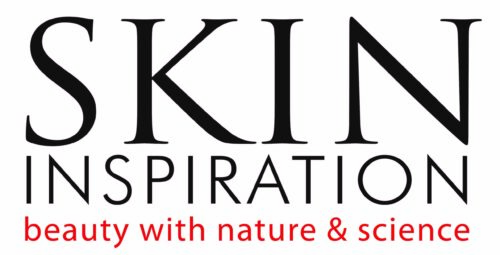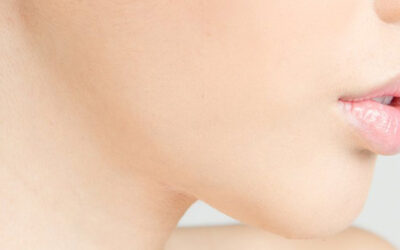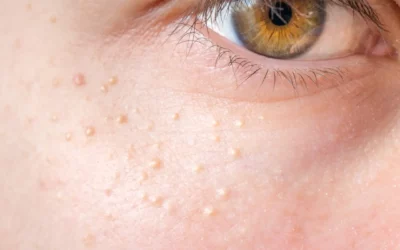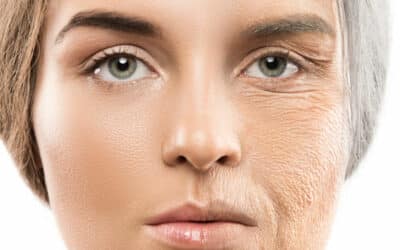Healthy, radiant skin requires a combination of many pieces of the health jigsaw puzzle working synergistically, internally and externally. Externally one of the major players to assist with producing healthy skin is exfoliation, which involves both mechanical and chemical exfoliation. The various methods of exfoliation are one of the superhero steps of skincare.
It is estimated we shed on average one million cells every day. The cell turnover process occurs typically every 28 days up to the age of about 30. After this time depending on health challenges, age, lifestyle, medical conditions, immune dysfunctions and overexposure to the sun, this cycle may be increased to about 50 days. When the skin is unable to shed dead cells efficiently a myriad of problems may occur including a dull complexion, skin disease, acne, asphyxiation, aging, and uneven texture and tone.
Exfoliation is a natural process of the skin, but when age, compromised health and environmental conditions slow this natural process down, it is time we assist with chemical and mechanical exfoliation used in perfect unison.
Correct exfoliation stimulates the skin and cell turnover begins the regenerating process and lifts dry dead cells. The 2 primary, but very different methods of exfoliation are mechanical and chemical.
Mechanical or physical exfoliators, scrub away dead skin cells by abrading corneocytes from the surface of the skin. Mechanical exfoliators used at home may include scrubs (diatomaceous earth, jojoba beads, pearl powder, bamboo and pumice), shaving, dry body brushing and my absolute all-time favourite gauze squares with a toning lotion. Gauze is my superhero when it comes to mechanical exfoliation. After removing your cleanser use a gauze square and apply enough toning lotion to make sure the pad is damp and start to massage the face, neck and décolleté with circular movements. I recommend 1 minute in the morning and 2 minutes at night. This will stimulate the circulation, remove the last traces of makeup, cleanser and dry cells leaving the skin refined, clean and glowing. The skin is now ready for the next step, applying serums, ensuring they will be absorbed efficiently. In-clinic treatments for mechanical exfoliation may include microdermabrasion, JetPeel and Dermaplaning.
Chemical exfoliation may include enzymes or acids. These exfoliators work by digesting the stratum corneum and break down the surface cells and glue holding the cells together. Chemical exfoliators include retinol, salicylic acid, TCA, Jessner, pyruvic, phytic and AHA’s (Alpha hydroxy acid). AHA’a may include glycolic, lactic, tartaric, and mandelic acids. Enzymes also act as chemical exfoliators. These may include bromelain, pepsin, and papain. My favourite superheroes in the chemical exfoliation category would have to be Vitamin A and Mandelic Arginine. Mandelic Acid is a chemical exfoliant derived from bitter almonds that are highly beneficial in treating acne, irregular pigmentation, and photoaging. With the addition of arginine, the results are pushed to the next level. Arginine is one of the 20 main amino acids, promoting collagen synthesis, accelerating wound healing and allows for a slower and more uniform penetration into the skin. Vitamin A in the form of retinyl palmitate/retinoic acid is highly involved in the repair and rejuvenation of the skin. An initial strategy for skin rejuvenation is to improve the vascular integrity of the skin. This allows the skin to react more effectively to other forms of rejuvenation stimulation. The skin must have the materials, the oxygen and the energy to perform the desired processes to produce a refined and healthy appearance. In the clinic, chemical exfoliation may include progressive, medium depth or deep peels or a combination of both mechanical and chemical techniques.
Exfoliation is a definite superhero in skin rejuvenation. Over exfoliation can have adverse effects on the skin too, so it is imperative to have a professional consultation where you can be advised on the most suitable type of exfoliation for your skin condition and your goals both at home and in-clinic procedures.






0 Comments